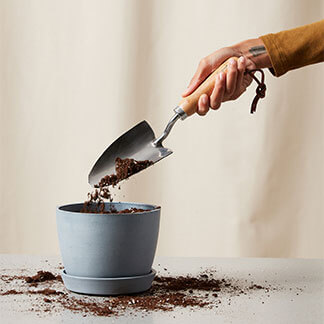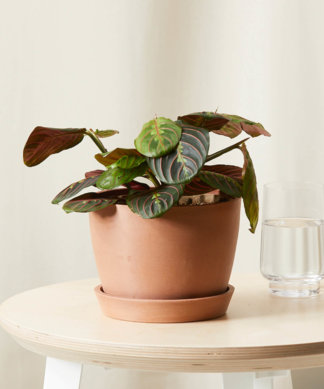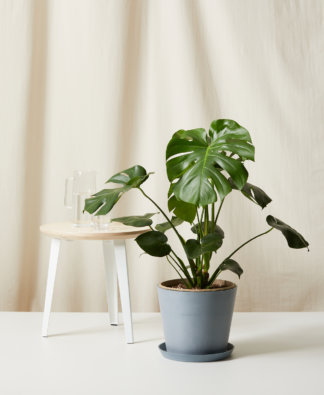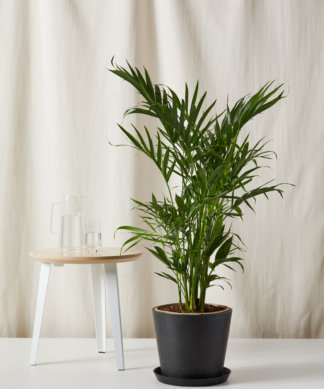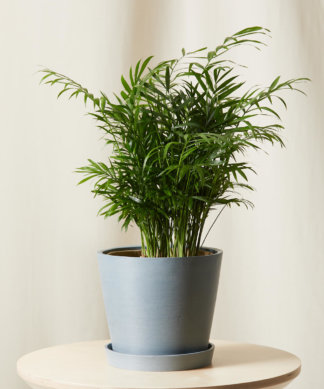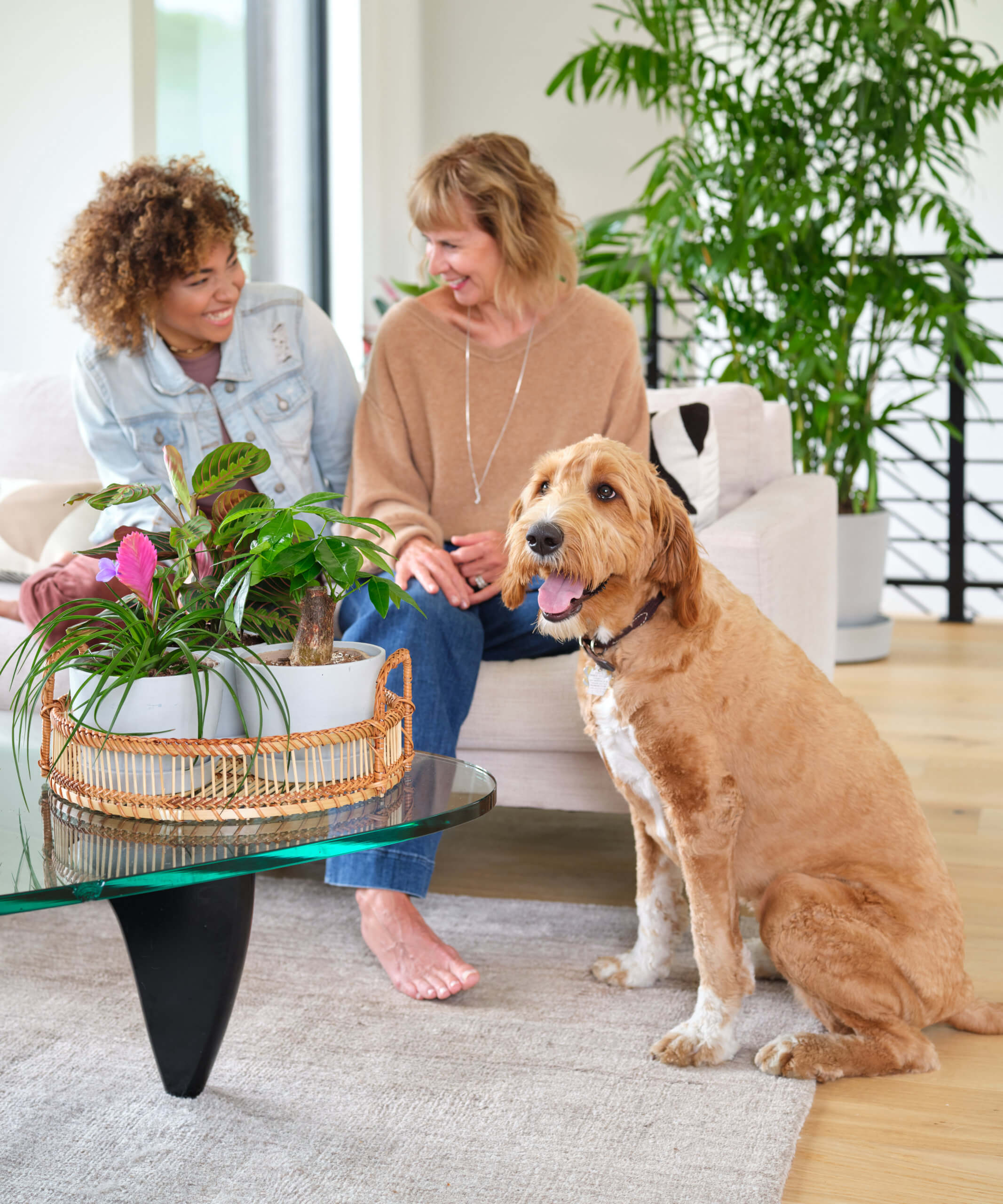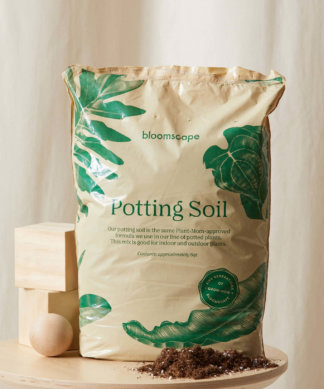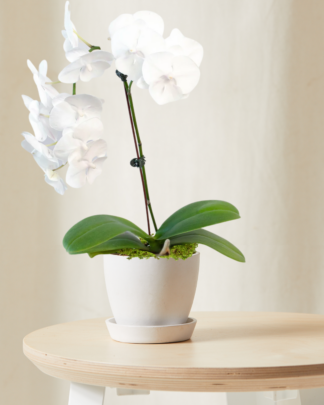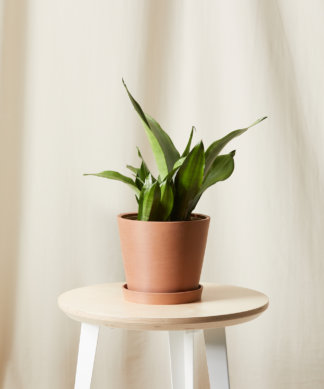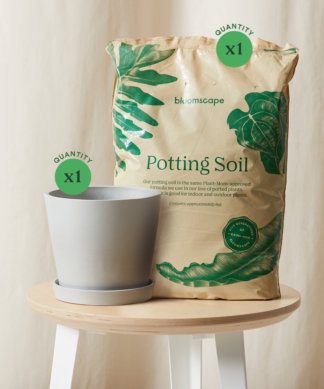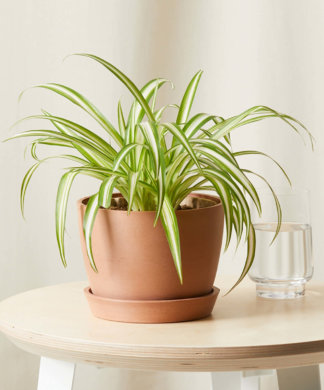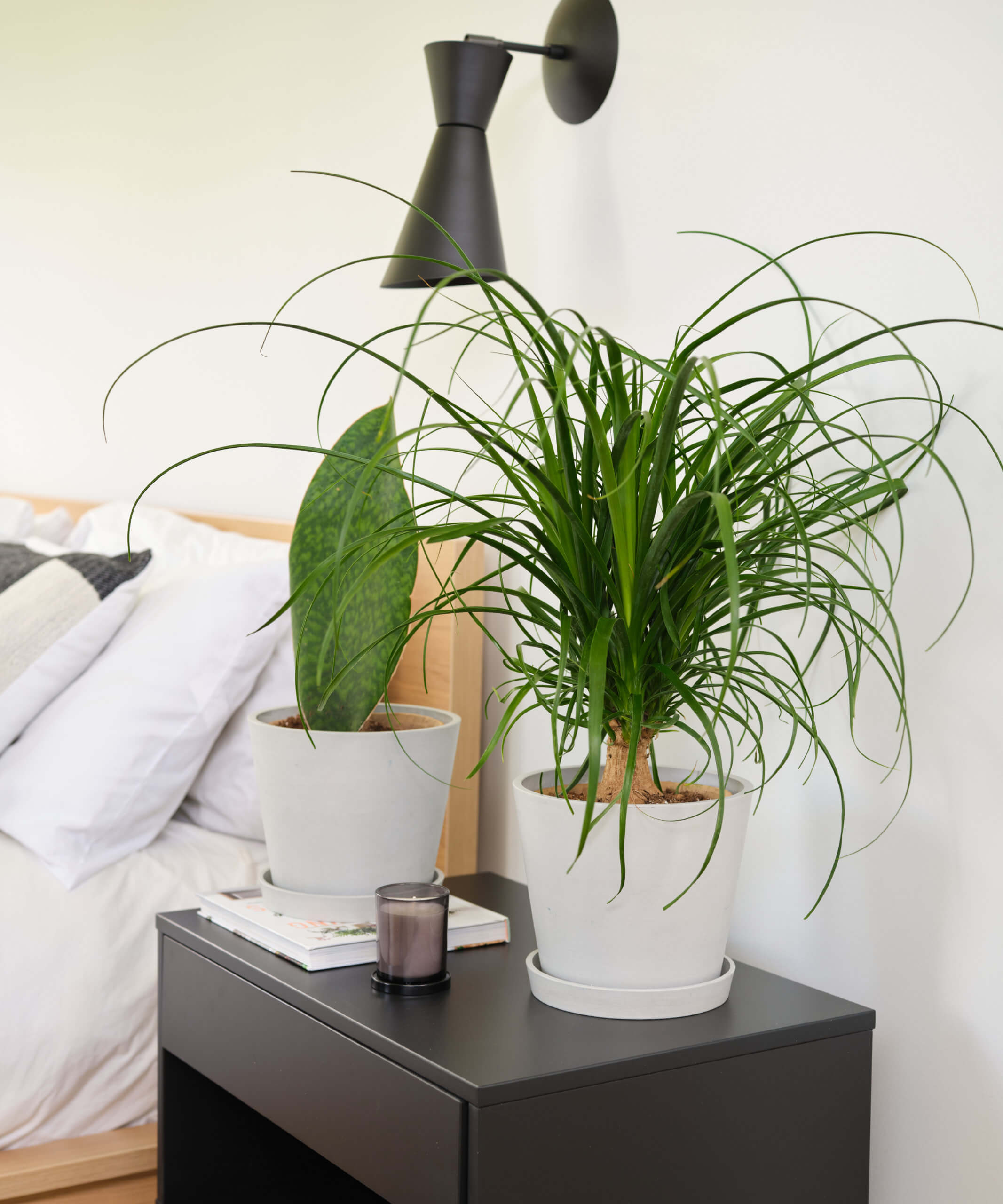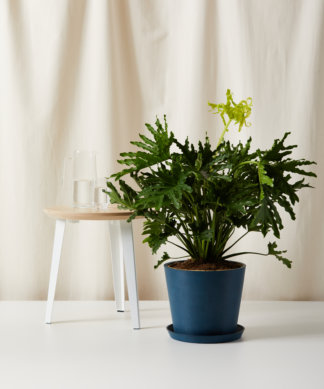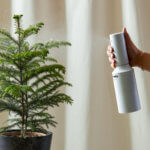Green Living
Looking For A Truly Unique Houseplant? Meet The Flowering Bromeliad

Low-maintenance and aesthetically-pleasing plants like the Monstera, Bird of Paradise, and Sansevieria have become standard plant fare in many homes and apartments. But for advanced collectors in search of more unique selections, we introduce you to the bromeliad.
Known for vibrant, long-lasting blooms and in some cases, ornamental pineapple fruit, bromeliads are certainly a conversation starter. Native to the tropical and subtropical Americas, these flowering plants with lush dark green leaves lend a tropical feel to any home or apartment. What’s more, they also add a vibrant pop of pink, yellow, orange, red, or purple to any space. Aesthetics aside, bromeliads are low-maintenance, pet-friendly, and can help purify the air in your home.

Ahead, find everything you need to know about these unique flowering plants, including species of bromeliads, bromeliad care tips, and common cultivars you can find for your home.
Popular Bromeliad Varieties
Bromeliad Pineapple
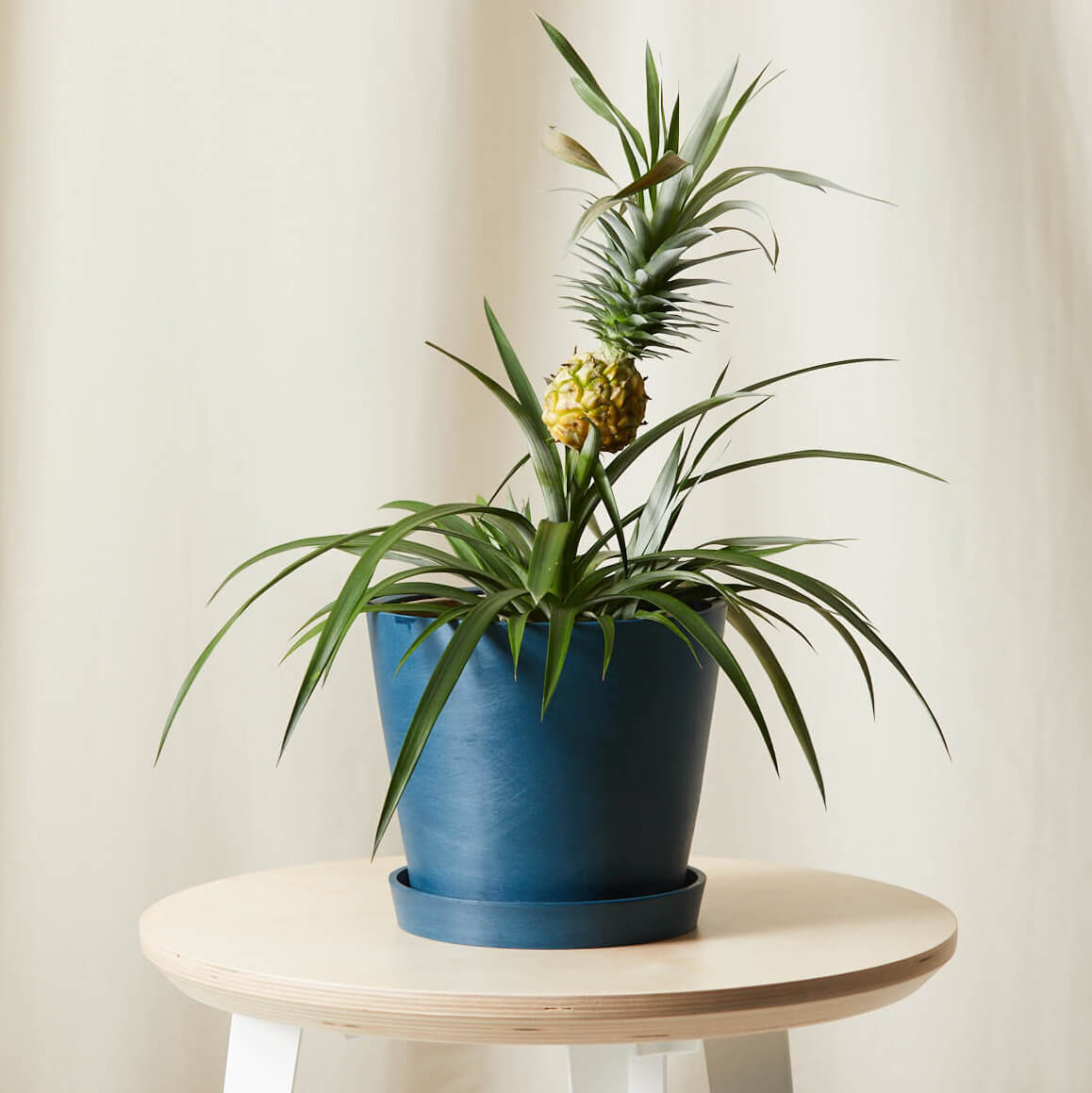
Nothing sparks a conversation quite like having a living pineapple plant in your living room or kitchen. The unique Bromeliad Pineapple grows one ornamental fruit per plant, and the parent plant will produce baby plants or “offshoots” which will eventually produce their own pineapples. The pineapples have reached maturity when their outer skin boasts a vibrant shade of yellow, similar to what you’d see at the grocery store. Although this variety is not grown for edible consumption, it’s still a unique gift or addition to any personal collection.
Bromeliad Aechmea Pink

Bromeliad Aechmea Pink may not be as unique as its pineapple cousin, but its colorful, long-lasting flowers are sure to make a statement. The blooms on these bromeliad flowers last up to six months and lend a laid back, staycation vibe to any home or apartment. Even when not in flower, the waxy coating on the wide leaves creates an eye catching two-toned effect. Bromeliad Aechmea Pink plants are actually epiphytes, a type of air plant, and therefore develop minimal roots and derive nutrients from the air and rainfall.
Bromeliad Collection

Can’t decide on just one beautiful bromeliad? Try three with our Bromeliad Collection, featuring a bright trio of Vriesea- and Guzmania-type bromeliads. This grouping allows you to add a range of tropical color to your home—just find a bright spot out of direct light, and these plants will grab everyone’s attention with their long-lasting blooms. Guzmania Sky features a scarlet red flower, Guzmania Lydia flaunts an electric yellow bloom, and Vriesea Tosca shines with a bicolor red and yellow spike.
How to Care for Bromeliads
As noted above, Bromeliads grow on shady forest floors or attached to tropical trees as epiphytes in their natural environment. With that said, they are highly adaptable and some of the best indoor plants as they will easily adapt to your home or apartment. Generally speaking, they’re considered “no-fuss” houseplants and prefer a corner with bright, indirect sunlight. Insufficient light will lead to slower growth.
Water Bromeliad Pineapple plants when 75 percent of the soil volume has dried out, and water until you see it flow out of the drainage hole. Always empty the saucer of any standing water to promote proper drainage. Bromeliad plants with a central “vase” need to be watered at the center of the plant instead of through the soil. Keep the center vase filled with water at all times, and empty, rinse, and refill every two weeks to prevent salt and mineral buildup. The soil should be watered sparingly—only when completely dry. Finally, to imitate their naturally humid environments, place these plants on a pebble tray or consider a humidifier.
For more care information, visit our Bromeliad plant care guide.



